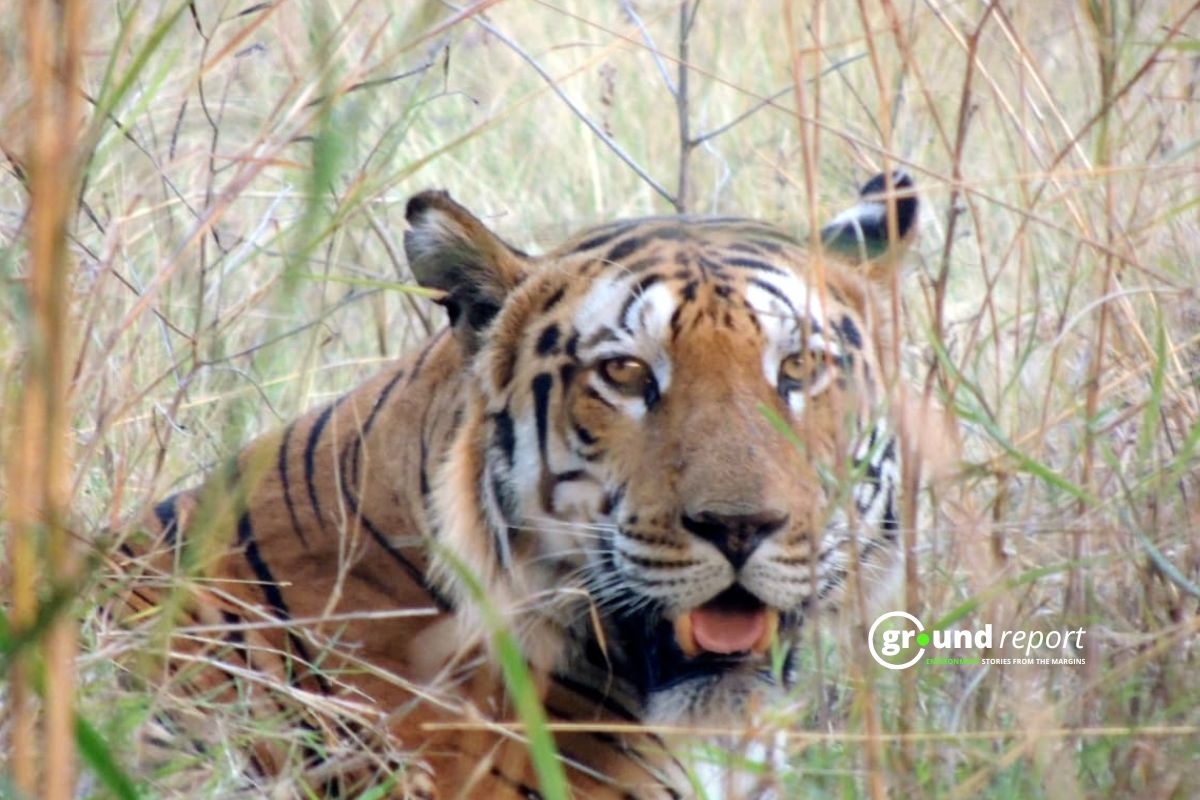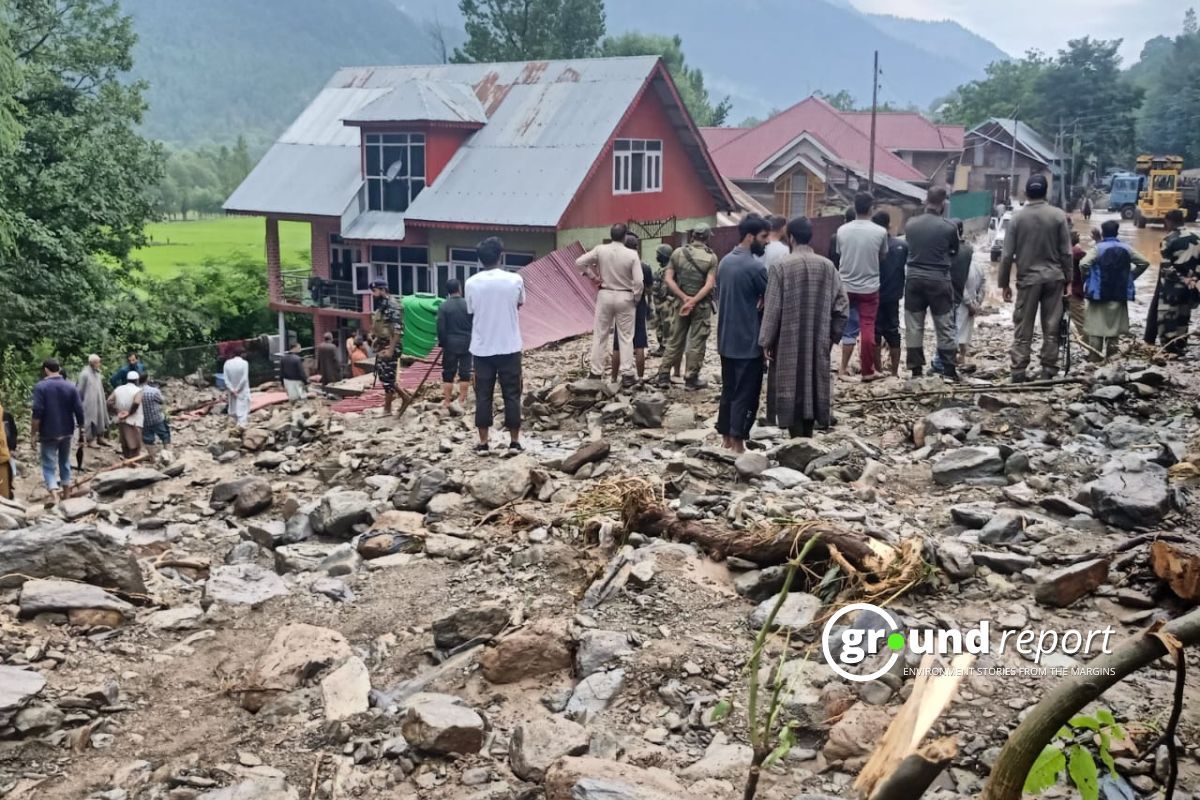To tackle the climate crisis, it is crucial to make significant changes in the global livestock sector. A recent study published in the journal Nature Sustainability by researchers from the Livestock and Climate – CGIAR and Wageningen University suggests that investing in specific countries can have a substantial positive impact on the environment and people. The countries identified are India, China, Brazil, Pakistan and Sudan. These nations have great potential to help mitigate the climate crisis and help communities adapt to its effects.
Climate potential in key nations
Livestock production contributes to climate change and, at the same time, is vulnerable to it. Ruminant animals release methane, a greenhouse gas, into the atmosphere through their burps and dung, and raising animals also generates other carbon emissions. Livestock production directly accounts for 5.8% of annual global greenhouse gas emissions, and closer to 23%, including associated deforestation and land degradation. Food of animal origin accounts for about a third of the contribution of food systems to global emissions.
But the climate footprint of most livestock-dependent communities in the developing world is much smaller than the intensified systems common in developed countries, while climate hazards such as droughts, heat waves and floods affect disproportionately to small farmers in the Global South. Keeping farm animals is vital to the livelihood of almost a billion people in Africa and South Asia. Goats, cows, and sheep provide milk and meat, pull ploughs, are deeply embedded in cultures, and act as insurance in hard times.
“We really don’t see a future without livestock,” says Jacobo Arango of the Alliance Bioversity International – CIAT (The Alliance). “Current livestock systems need to be improved, not undone. Investors need to start pouring money into solutions to transform them.”
Any investment to improve these systems must consider both climate mitigation and adaptation, says Julian Ramirez-Villegas of The Alliance and Wageningen University, something most investors and countries are not yet doing. The cow that emits greenhouse gases cannot be separated from the cow whose production is affected by climate stress. Interventions and policies focused solely on mitigating greenhouse gas emissions could have negative consequences for the ability of smallholder farmers to adapt to changing climate conditions, and vice versa.
Climate Interconnections
Arango, Ramírez-Villegas, and co-authors speaking to Ground Report said that looked at both livestock emissions and climate risks for 132 low- and middle-income countries and found that mitigation and adaptation were almost everywhere intertwined. They identified India, China, Brazil, Pakistan and Sudan as the top five investment priorities: places with high emissions and large numbers of people and animals exposed to climate stress. Combined, these five countries account for 46% of the total value of livestock production, 35% of the total rural population exposed to climate hazards, and 51% of greenhouse gas emissions from livestock.
“A handful of countries contribute disproportionately to global emissions from livestock,” explains co-author Todd S. Rosenstock of The Alliance, primarily due to their size and large populations. “These act as critical leverage points for the livestock sector’s interactions with the climate system, land, and livelihoods. Effective mitigation strategies must prioritize investments in sustainable livestock practices in these high-impact regions.”
That doesn’t allow high-income countries to get off their agricultural emissions, nor does it mean that investment shouldn’t happen in other low-income countries, Ramírez-Villegas warns. It’s just that the way these five countries produce livestock has the potential to impact the climate system in a very, very big way.
Transforming livestock
Research already suggests pathways for such a transformation. At the most basic level, livestock production must be decoupled from deforestation, says Arango. “We have enough land. Deforestation must stop, period. There is no justification for livestock production to come at the expense of forests.” Pushing for technical assistance to help farmers implement rotational grazing systems is also a no-brainer.
Switching animal diets to locally adapted forage plants is more climate-smart than buying commercial feed. And there is also the potential to reduce methane emissions without drastically reducing herd sizes. CGIAR researchers in Colombia have found that adding forage legumes to traditional grass monocultures can reduce methane emissions from cows by 15 percent.
Planting trees within grazing systems, or silvopastures, also has multiple benefits for the climate. Shrubs and trees can improve carbon storage and soil health, increase productivity, increase biodiversity, and provide shade for animals during heat waves. In Colombia, government investment has helped fuel the spur of silvopastoral systems by 35,000 hectares in 2023 alone, with the goal of reaching 300,000 hectares by 2026. In Brazil, various reforestation programs are also scaling up silvopastorals in the whole country.
Also, in Ethiopia, a CGIAR research project brings together remote sensing technology, satellite imagery, and ground sensors to capture essential data on water levels, flow rates, and water source conditions, to provide herders with near-in-depth real-time information to help them make smart decisions about where to bring their herds, and tough decisions about when to cull or sell animals in the event of persistent drought.
Sustainable livestock practices
“Having 10 weak animals is much worse in terms of mitigation and adaptation than having five good ones,” says Ramírez-Villegas. If proven, scaling up this system in Africa, where 268 million climate-vulnerable people raise animals on 43 percent of the continent, could have an enormous impact.
“This type of analysis is critical for us to focus scarce resources on the places and issues with the greatest potential for impact,” says Andy Jarvis, director of the Future of Food program at the Bezos Earth Fund. “The results published here will certainly inform our investments to make ranching more sustainable, reduce emissions from the sector and make it kinder to nature.”
Arango says that the specific country context will need to tailor the interventions. But the immense and underfunded transformational opportunities exist.
“If cattle farmers across the Global South could improve their grazing management and plant trees, and gain access to safety nets, information and resources to help them make climate-smart decisions, then I think we would make a dramatic change in both carbon emissions and productivity.
Keep Reading
Part 1: Cloudburst in Ganderbal’s Padabal village & unfulfilled promises
India braces for intense 2024 monsoon amid recent deadly weather trends
Support us to keep independent environmental journalism alive in India.
Follow Ground Report on X, Instagram and Facebook for environmental and underreported stories from the margins. Give us feedback on our email id greport2018@gmail.com.
Don’t forget to Subscribe to our weekly newsletter, Join our community on WhatsApp, and Follow our YouTube Channel for video stories.









